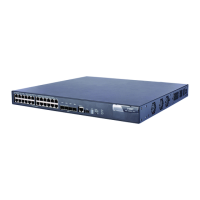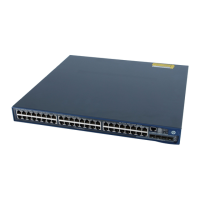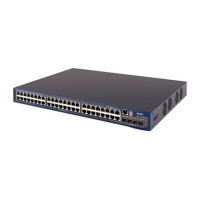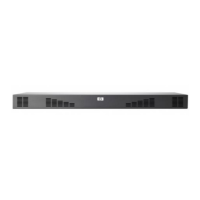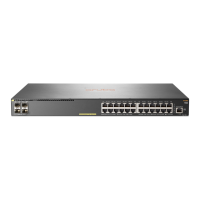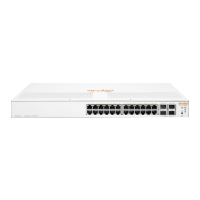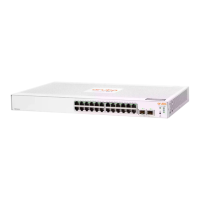246
• For other packets, proceed to Step 2.
2. URPF checks whether the source address matches a FIB entry:
• If it does, proceed to Step 3.
• If it does not, proceed to Step 6.
3. URPF checks whether the check mode is loose:
• If it is, proceed to Step 8.
• If it is not, URPF checks whether the matching route is a direct route:
{ If it is, proceed to Step 5.
{ If it is not, proceed to Step 4.
4. URPF checks whether the receiving interface matches the output interface of the matching FIB entry:
{ If it does, proceed to Step 8.
{ If it does not, proceed to Step 9.
5. URPF checks whether the source IP address matches an ARP entry:
• If it does, proceed to Step 8.
• If it does not, proceed to Step 9.
6. URPF checks whether the FIB table has a default route:
• If it does, proceed to Step 7.
• If it does not, proceed to Step 9.
7. URPF checks whether the check mode is loose:
• If it is, proceed to Step 8.
• If it is not, URPF checks whether the output interface of the default route matches the receiving
interface of the packet:
{ If it does, proceed to Step 8.
{ If it does not, proceed to Step 9.
8. The packet passes the check and is forwarded.
9. The packet is discarded.
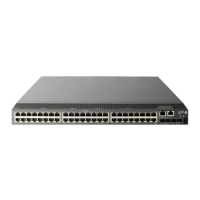
